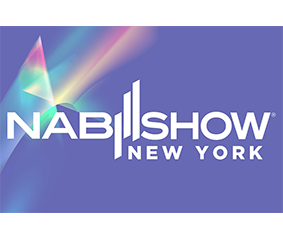At a time when “cord cutting” is in vogue, many home viewers have discovered a plethora of over-the-air HD channels that they can watch for free with a DTV antenna. These viewers tend to be younger or cost-conscious households, and/or those with OTT subscription services.
So, while broadcasters wondered whether there would be a viable business model for DTV multicasting, turns out there is. But, since they typically don’t add staff to handle this additional workload, it pays for them to adopt solutions that keep operating costs in check.
With its enCaption automated closed captioning system, ENCO offers a cost-efficient way for broadcasters to caption shows on their main and subchannels to properly serve deaf and hard of hearing viewers. With enCaption, they can:
• Automate captioning of live and pre-recorded shows
• Deliver captions in few seconds with impressive accuracy
• Comply with regulations
• Generate captions with no advance notice or human captioners
enCaption resides in the “broadcast chain” that processes and encodes video signals for transmission. enCaption takes in a live video signal, converts the audio to text, and sends that data to the downstream closed captioning encoder, which embeds it into the video show for air.
Broadcasters could devote one enCaption per channel, but it’s more likely that cost-conscious broadcasters would prefer to have all their channels share a single unit. Since there can only be one video signal running through enCaption at once, their broadcast automation systems could coordinate which show or channel gets captioned and when. Better yet, since subchannels usually feature pre-recorded content, much of which is already captioned, they could use enCaption in its automated, file-based offline mode, when it’s not busy with live captioning, to caption non-live shows.
Discover how enCaption can automate captioning of live and pre-recorded shows for multiple DTV channels, leading to a more cost-efficient workflow and faster ROI.








